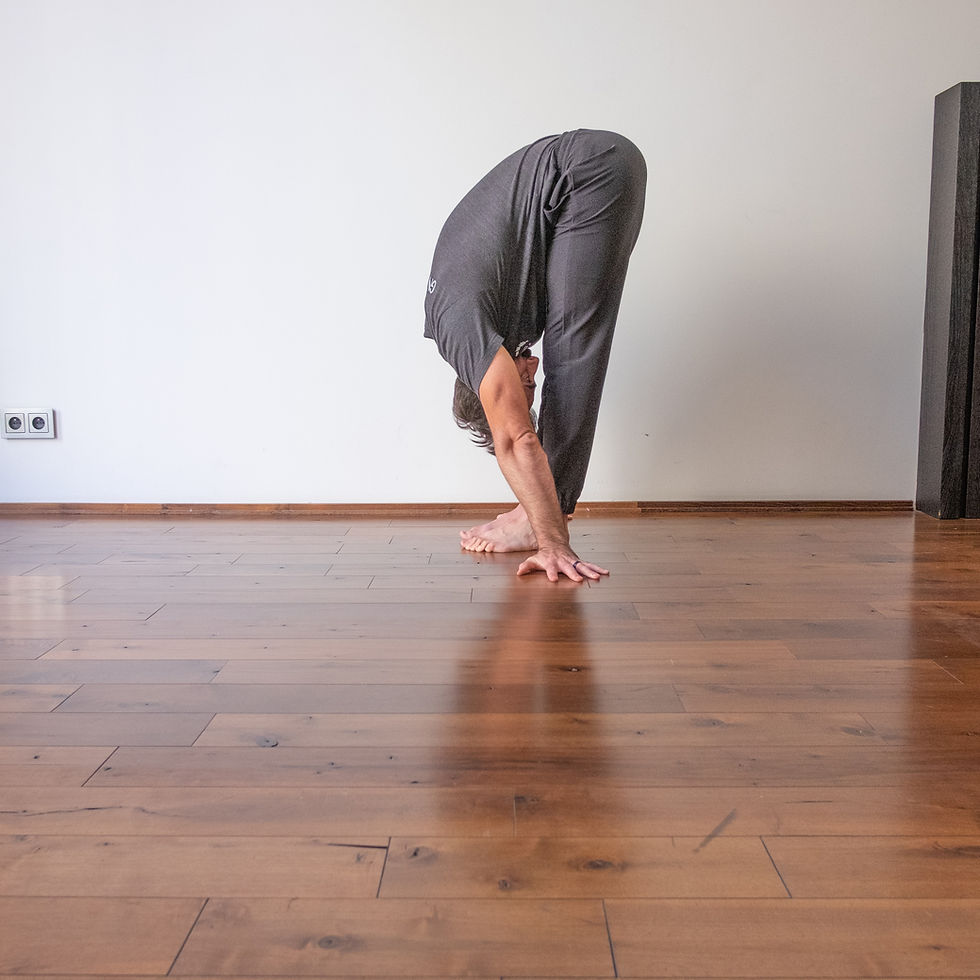Part 1 - Hypermobility and Neurodiversity: What’s the Link?
- Kieran Cummins
- Aug 10
- 2 min read
Keywords: hypermobility, neurodiversity, autism, ADHD, physiotherapy St Albans, support for hypermobility

If you (or your child) live with joint hypermobility and also identify as neurodivergent for example autistic or with ADHD, you’re not imagining the overlap. More research is showing that these traits often occur together. Understanding this connection helps explain symptoms like persistent pain, fatigue, dizziness, or clumsiness and points towards the type of support that actually helps. Frontiers
What do we mean by “hypermobility” and “neurodiversity”?
Hypermobility means your joints move further than average. Some people have no symptoms; others experience pain, instability, and problems such as frequent sprains or fatigue. When symptoms are significant, a diagnosis like hypermobility spectrum disorder (HSD) or hypermobile Ehlers–Danlos syndrome (hEDS) may be made. The NHS notes that the main treatment is improving muscle strength and fitness so joints are better protected. nhs.uk
Neurodiversity is a natural variation in how brains are wired — including conditions such as autism, ADHD, and dyslexia.
The evidence for a link
Several recent studies report that joint hypermobility is more common in autistic and ADHD populations than in the general public. In a UK adult study, neurodivergent participants were far more likely to have generalised joint hypermobility, and hypermobility appeared to mediate the connection with symptoms like chronic pain and orthostatic intolerance (dizziness on standing). FrontiersWRAP
In children, a large chart review found a strong association between HSD/hEDS and both ADHD and autism, recommending routine screening for neurodevelopmental symptoms in kids diagnosed with hypermobility conditions. PubMedDove Medical Press
Even the NHS now highlights that some autistic people have flexible or painful joints, sometimes due to joint hypermobility syndromes or EDS, and may benefit from support that includes physiotherapy. nhs.uk
A quick story
“Sophie”, 32, has always been very flexible. She’s brilliant at creative work but struggles with focus and has recently been diagnosed with ADHD. She also lives with recurring back and hip pain, and feels faint if she stands up too quickly. After assessment, her physio explained how joint instability and reduced body-position awareness (proprioception) could be driving her symptoms — and why a calm, progressive strength and balance programme would help.
Why this matters for everyday life
When ligaments are lax, your muscles work overtime to stabilise joints. That can mean pain, fatigue and flare-ups, plus reduced balance or “clumsiness”. Some people also notice autonomic symptoms (dizziness, palpitations) that make activity feel harder. The good news: targeted physiotherapy, done at the right pace, helps you build stability, confidence, and stamina in a way that respects sensory needs and avoids overloading tender joints. nhs.ukNHS inform
Where to next?
In Part 2, we’ll look at how physiotherapy helps hypermobile, neurodivergent people: assessment, sensory-aware sessions, strength and stability training, Clinical Pilates, pacing, and self-management.
Explore Physiotherapy in St Albans
Explore Clinical Pilates 🏃🏼♀️➡️
References:
UK/peer-reviewed sources supporting the link and care approaches. FrontiersWRAPPubMedDove Medical Pressnhs.uk+1NHS inform



Votre article met en lumière un point crucial : le chevauchement de plus en plus reconnu entre l'hypermobilité et la neurodiversité. Cette observation est essentielle pour une meilleure compréhension des symptômes souvent complexes et parfois mal interprétés chez les personnes concernées. Souvent, la reconnaissance de ces liens peut être le premier pas vers une identification plus précise des besoins individuels. Pour ceux qui cherchent à approfondir cette identification, notamment pour les traits autistiques, il existe des ressources pour l'évaluation et la compréhension de l'autisme qui peuvent être très utiles.